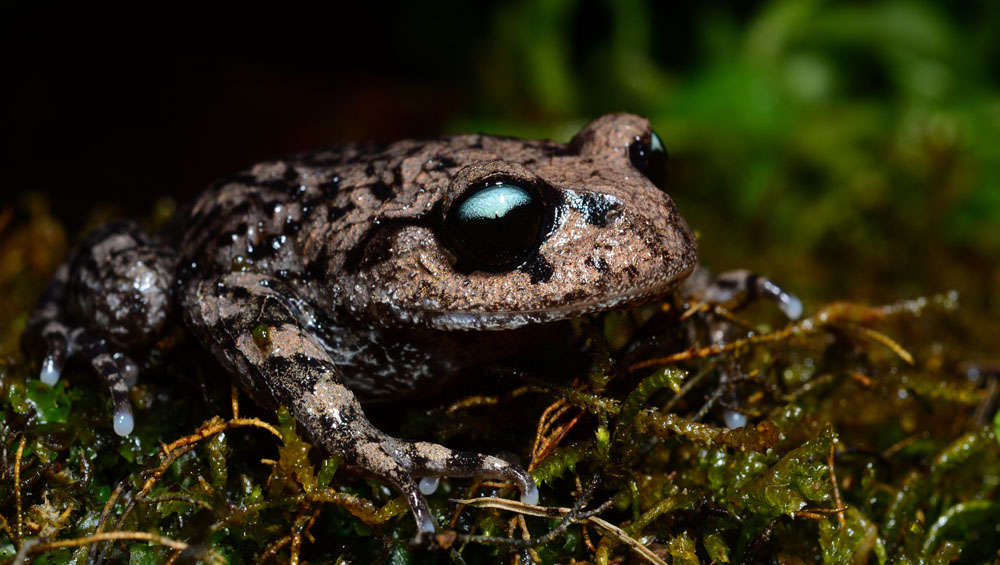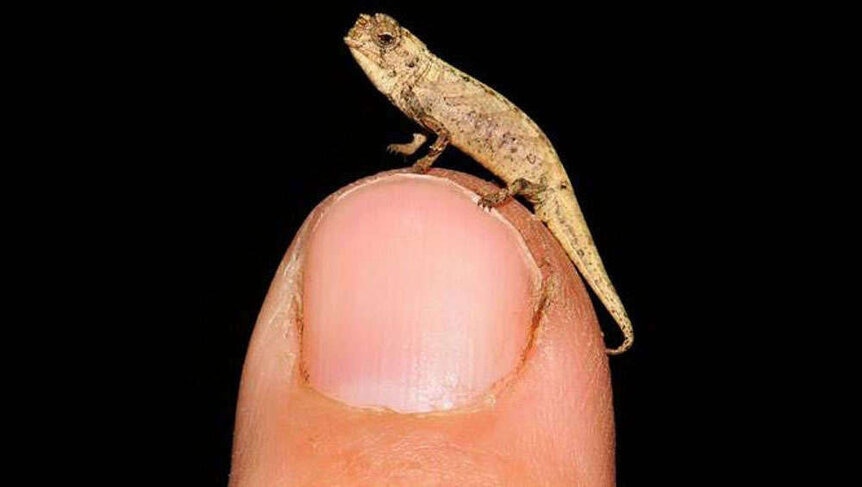Create a free profile to get unlimited access to exclusive videos, sweepstakes, and more!
How many unknown species are hiding somewhere on Earth, waiting to be found?

Many of us might be anxious for someone to find evidence of extraterrestrials already, but while we wait for samples from Mars and eventually Titan and Europa, we might want to take another look at our own planet.
What we often don’t realize is that thousands of life-forms that may be alien to us are actually Earthlings themselves. Scientists now believe that 80-90 percent of species on Earth are still undiscovered, and they need to be identified and protected before they go extinct. Creatures that are smaller and inhabit limited areas are more likely to have been overlooked. The scientists used data about vertebrates already walking or running or crawling on land to hypothesize how many vertebrate species have not yet been identified — and where they could be hiding.
“Whether species were discovered hundreds of years ago or just very recently has a clear biological and environmental signature,” ecologist and biologist Walter Jetz, who coauthored a study recently published in Nature Ecology & Evolution, told SYFY WIRE. “For example, species that are larger-bodied and occur in lower-elevation and seasonal environments were usually described much earlier than their counterparts, with relevant taxonomic activity in the region of species occurrence another key factor.”
When you’re trying to find something you never knew existed, you might want to turn away from the obvious. Knowing where undiscovered species are more likely to be found can possibly prevent extinctions that we would otherwise never know about. Jetz started the Map of Life project, and now a new map of potential unknown species, for that reason. The Map of Life is an accessible database that shows the distribution of known species. Coming up with a map of where the most unknown species are likely to show up is an even more massive undertaking.
Jetz and his research team gathered data on about 33,000 known terrestrial vertebrates and connected them to certain attributes that could help to better predict where undiscovered species could be. Knowing the probability that an already known species could have existed or still exists — no matter when — helped predict what types of creatures are most likely to exist, where they could be, and how many could potentially be found in a given area. Most larger vertebrates are thought to have already been discovered (unless Bigfoot is still eluding us).
“We were able to make a prediction of the per-species potential for future discoveries in certain group,” Jetz said. “Entering how much discovered diversity a specific subset already had in a given area allowed us to then estimate what percentage of future species discoveries would occur there. We predict that 70 percent of all projected future discoveries of terrestrial vertebrates will be concentrated on less than 10 percent of Earth’s surface.”
Many species go undiscovered for so long because they can barely be seen. Recently discovered chameleon Brookesia nana (above), endemic to Madagascar, is so unbelievably tiny that it makes a human finger look monstrous. The evolutionary phenomenon of miniaturization is common on island habitats where there are limited resources and only the small survive. B. nana is thought to have adapted that way to maximize what resources were around, and smaller individuals that needed less energy and were better able to hide from predators (chameleon color change was an added bonus) ended up being most successful and passing their genes on.
“We predict that about 75 percent of all future terrestrial vertebrate species discovered will be amphibians and reptiles,” said Jetz. These two groups have in the past not seen quite as much taxonomic attention as birds and mammals, are geographically more restricted and rare, are often small and not easy to find and identify, and predominantly occur in understudied tropical regions."
After terrestrial vertebrates, Jetz wants to figure out where we could find the most marine species, plants and invertebrates. Seeking new forms of life can help us better understand where there is the most biodiversity and what conservation efforts (which we humans have not been the greatest at) are needed. Vanishing rainforests such as the Amazon have already proven to be invaluable for medical research. Some medications may have never existed if it wasn’t for the plants and insects that emerged from habitats which are severely endangered because of deforestation.
We may or may not find proof of aliens, but the search for life continues both in space and on terra firma.



























